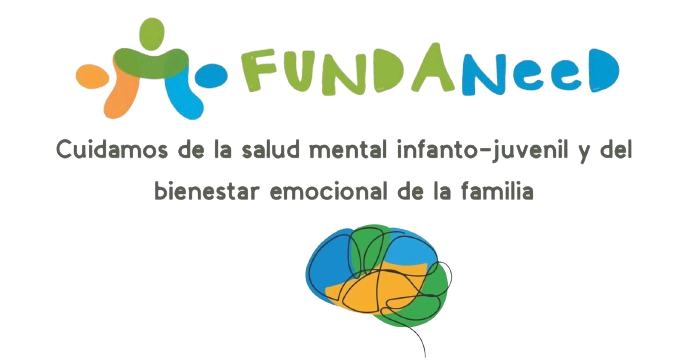1. As a music therapist one should be flattered by the famous statement that music tames the wild beasts, but the truth is that this is far from being true. One need only reflect on certain musical examples in history. Take romantic music, which exalts emotions to the point of overflowing, or nationalist music which, as part of romantic music, exploits the folklore of each culture to identify individual emotions that go beyond a merely artistic dimension, and which often involve passionate and convulsive social changes. The same could be said of audiovisual music, whose function underlines emotions, manipulating the intentionality and significance of the audience. Precisely for this reason, when you hear that music tames the wild beasts, ask yourself, with curiosity, what music is that which tames the wild beasts, and, by the way, reflect on who the wild beasts are, because under this unkind appellation often hides the bias and stigma of those whose behaviour is usually compulsive or hyperactive, something that is far from being wild by analogy.
2. Romanticism has brought with it the idea of genius, a figure associated with the direct inspiration of the gods, to the madness and insanity. In this sense, flaco favors makes the romantic period makes the musicians, part of offering a beautiful music. From my point of view, understanding the figure of genius as typically associated with unprecedented, creative, original and universal achievements often makes us forget that the human being is a social being, that is to say, that he is not an isolated entity, and as such his behaviour also depends on the social context. Such a social context also depends on the social context. There fictitious idea of the crazy musician, an additive who dismisses that which objectively can bring musical activity. Understand that clinical therapy music therapy works on artistic bases, and that precisely so also does so on scientific foundations. In short, simplifying the idea of madness or musical genius does not help us as a community in the work of harmonising people’s health and wellbeing, avoiding prejudices and reading biases.
3.We often talk about the need to humanise health and health systems in every society. As a music therapist, I belong to the humanist-existential tendency. I believe that the human being, as such, is the sum of its parts, and that it develops its existence in a social context. I believe that human beings are conscious, to a greater or lesser extent, and that they are therefore intentional, with at least as much choice as life gives them. For this reason, I often look at each person squarely in the face, beyond their listed disorders, diagnoses or possible disabling limitations, and I always ask myself how I can help to harmonise the human being in front of me a little more. Furthermore, I question myself about what I have to learn before I can bring a little more harmony to the health and well-being of each person, as a potential user of my sessions. This, without a doubt, is what I understand by humanising health for the benefit of people.
4. In the 21st century, full of cognitive technology, piped music is a behavioural paradigm. In this musical variant, the music, as such, is not intended to be the main focus of potential listeners. Rather, its content, character and volume level are deliberately chosen to alter people’s emotional and behavioural responses, affecting their concentration, relaxation, distraction or arousal in order to generate compulsive consumption. Listeners are subjected to background music with no control over its volume and content. These “simple musical arrangements” constitute a whole paradigm, as they are nowadays present in lifts, corridors, bathrooms, changing rooms, halls, restaurants and various shops, including finally artificial spaces, whether in telephone calls, on web pages or in video games, with the probable imminent extension of the metaverse and its future manifestations.
The use of this musical functionality has grown worldwide, incorporating recent research from behavioural psychology, in order to increase the productivity and consumption of millions of people around the world. Music therapists are well aware of this musical reality, a context that uses music to manipulate the characteristics and elements of sound and music, without contemplating our essential goal, to harmonise people’s health and well-being. In the face of the primacy of screens, music is present in an unnoticed way, despite the fact that it almost always works effectively. Therefore, when you observe “unjustified” compulsive or hyperactive behaviour in yourselves or in your children, question the sound environment around you, beyond the noise pollution that is naturally generated by large cities and their conurbations.
5. As music therapists we use a deep understanding of musical dynamics and agony out of necessity. We do this as a matter of course in our sessions. We also try to distinguish noise from sound, and we make subtle use of each and every quality of sound, be it duration, timbre, intensity or frequency. In the following tips I will address these elements in order to give you small recommendations and suggestions that are easy to apply. They will be simple tips that can silently improve your daily life.



Comments are closed.